Over the years the distribution of sports capital expenditure has been keenly monitored and commented on, with many entries on this site discussing the topic. (here, here and here). In 2014, former Minister of State for Sport and Tourism, Michael Ring noted the initial and final criteria which applicants were judged on, when applying for a grant.
Initial criteria
Likelihood of increasing participation/improving performance.
Sharing of facilities.
Level of socio-economic disadvantage.
Technical Merits of project.
Level of own funding available.
Sports Capital Programme Funding received in the past.
Final criteria
Ensuring geographic spread within county
Urban/Rural spread of projects
Spread of projects among different sports
This entry examines one of the final criteria noted by the Minister, the spread of funding amongst different sports. The table below provides a breakdown of funding by sport on a county basis over the period 2002-2014.
Outside the two mentioned categories, only Rugby ranked as the largest funded sport in Limerick. However, much of this was for the redevelopment of Thomand Park. For instance 14 of 26 regions have Multisport as their second most funded activity. Gaelic Games and Soccer account for 4 and 8 respectively. For the entire period in question, on average the top two funded sports received 69% of total funding, with many counties seeing greater skews than others. In areas such as Cavan, Leitrim, Monaghan funding for the top two categories account for nearly 80% or greater, with the figure being highest in Leitrim with circa 82% of total funding designated to either Multisport or Gaelic Games. Cork and Dublin, regions which house the two largest urban areas also had the lowest shares of funding designated to their top two categories. This is interesting in the sense that these larger, more urban populations might see more diverse kinds of sport, rather than small rural populations. It should be noted even though Multisport ranks highly in regards to share of funding in both periods, these grants can also benefit further those who play Gaelic Games, as well as Soccer. For instance in 2012 under Fingal County Council, O’Dwyers GAA club and Balbriggan F.C received €120,000 for the construction of an all-weather facility.
Although, the Minister earmarked a spread of funding across different sports, analysing the breakdown of grants at a county level, it appears, both Gaelic Games and Soccer dominate the share of funding. Of course one of the initial criteria which applicants are judged on is their ability to co-fund. Delaney and Fahey (2005) note that Gaelic Games’ organisational strength is much greater than the relative number who engage in the sport. Its structure is based on a strong voluntarist community model of sports organisation. It may be thus that Gaelic Games excellent funding structures, through a large voluntarist section allow them to more successfully raise their own funding, thus better placing them to receive grants than other sporting codes.
However, given the funding which Gaelic Games, along with other sports have received over the period, has there been an increase in participation? A future blog will try to address this.
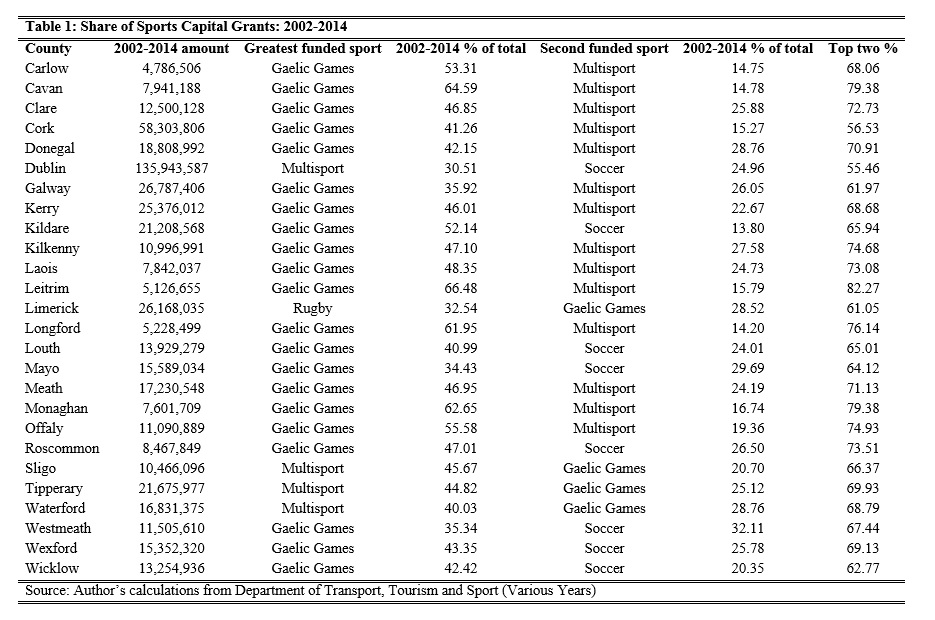
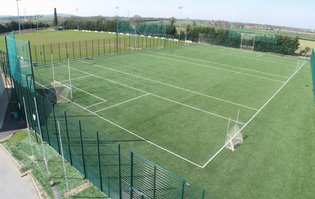
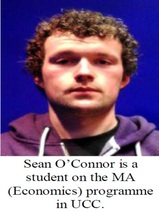
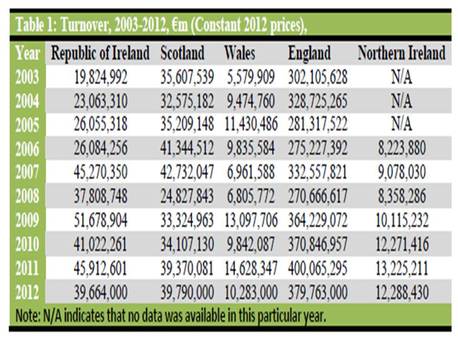
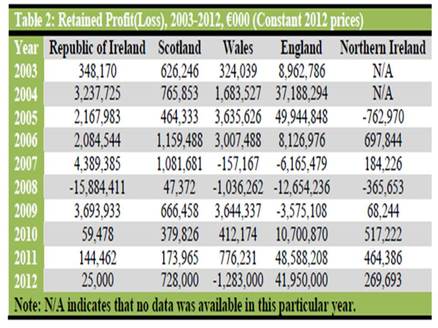
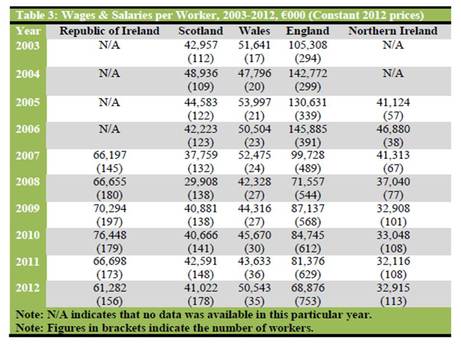
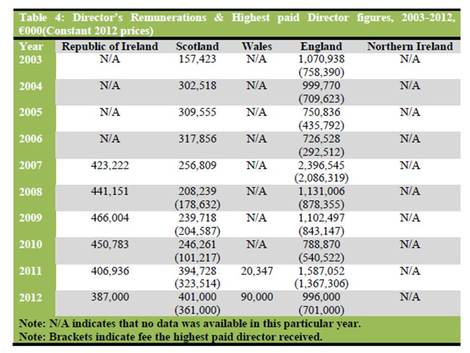
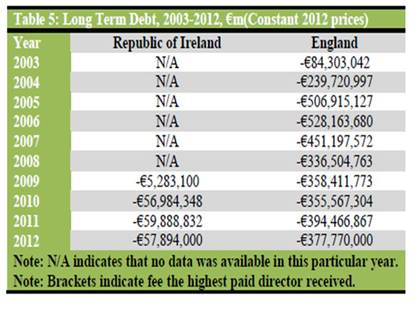
 RSS Feed
RSS Feed